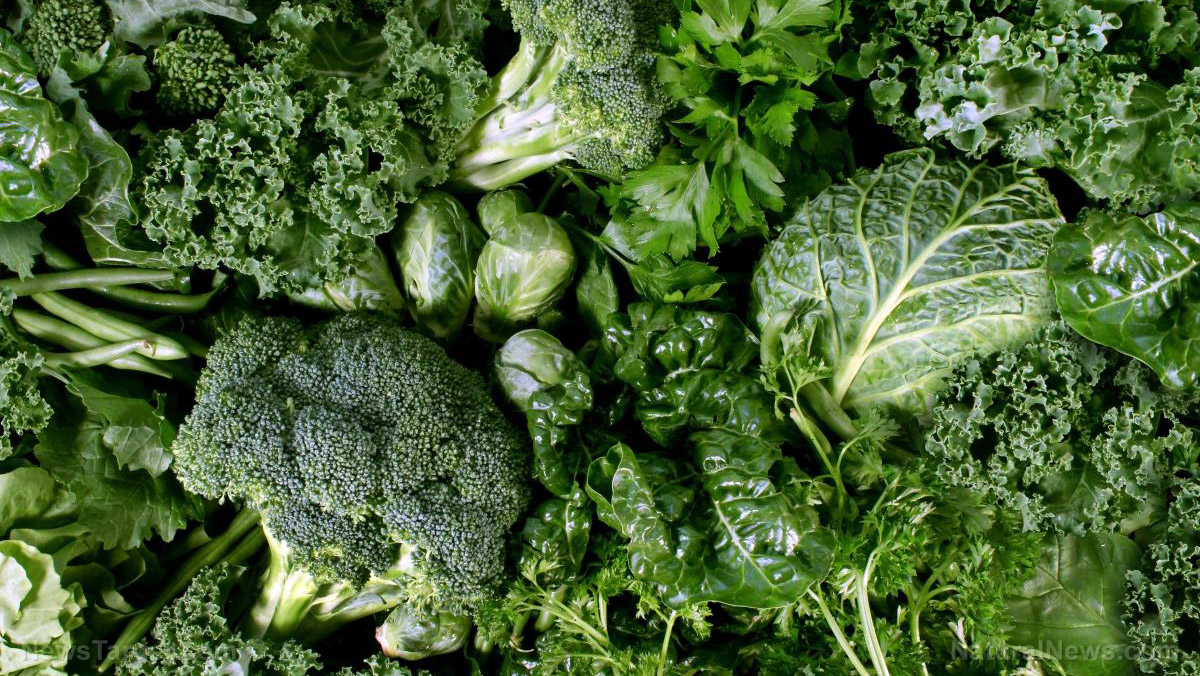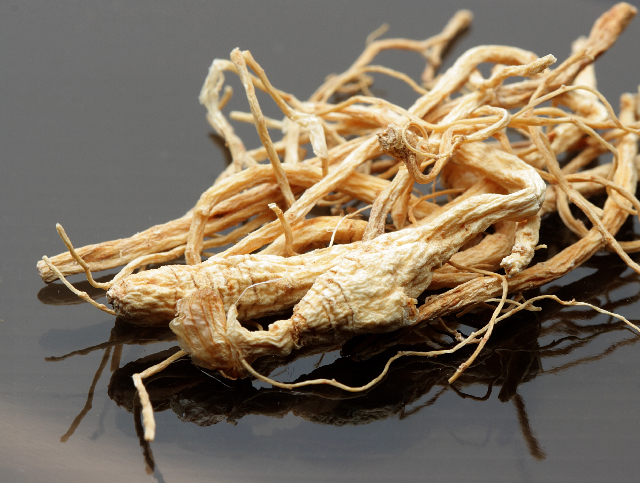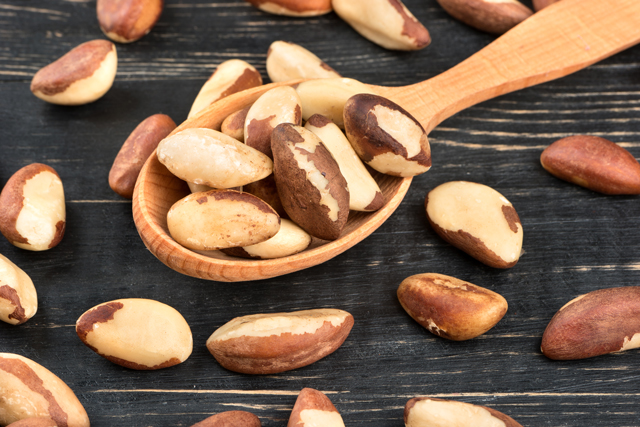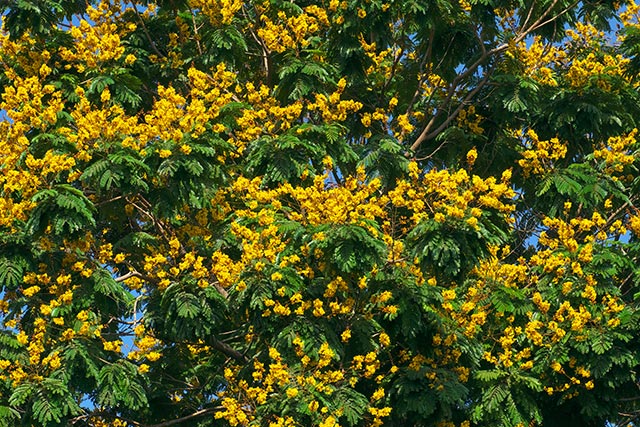Condensed tannins from Leucaena leucocephala hybrid-Rendang found to have antioxidant, antimicrobial and cytotoxic effects on human cancer cell lines
07/29/2019 / By Evangelyn Rodriguez
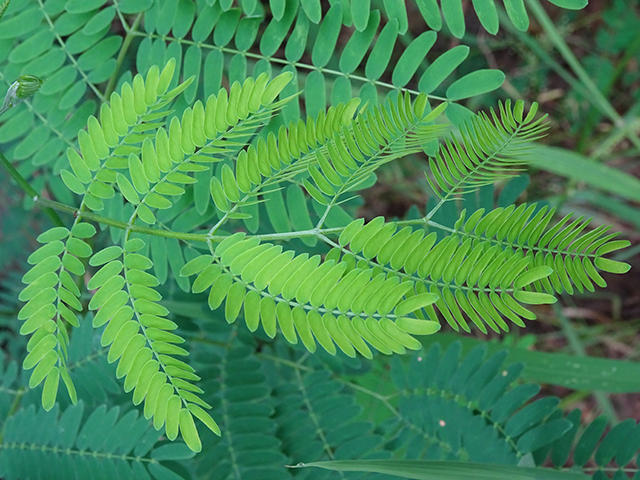
In this study, researchers from Universiti Putra Malaysia investigated the biological activities of condensed tannins extracted from Leucaena leucocephala hybrid-Rendang, a tropical tree often referred to as “the miracle tree.” The results of their study were published in the journal Food Science and Human Wellness.
- Condensed tannins (CTs) are considered as promising phytochemicals due to their medicinal properties.
- For this study, researchers subjected CTs from Leucaena leucocephala hybrid-Rendang to various tests to evaluate their antioxidant, anti-microbial, and cytotoxic activities against different types of human cancer cells. These tests included:
- 13C NMR — structural characteristics and purity
- FRAP, DPPH, and ABTS radical scavenging assay — antioxidant capacity
- Various microbial pathogens — anti-microbial properties
- Cytotoxicity assay — anti-cancer properties
- The researchers reported that the CTs exhibited high antioxidant activity in vitro. The CTs also displayed anti-microbial activity toward Gram-positive and Gram-negative pathogenic bacteria.
- Upon testing the CTs on human breast adenocarcinoma (MCF-7), human colon carcinoma (HT29), human cervical carcinoma (HeLa), and human liver carcinoma (HepG2) cell lines, the researchers found that CTs were most effective against MCF-7 cells.
- They also reported that treatment with CTs caused cell shrinkage, nuclear condensation, and the formation of apoptotic bodies — all characteristics of apoptosis — in MCF-7.
Based on these findings, the researchers concluded that CTs can be used as an alternative treatment for various oxidative and inflammatory diseases.
Journal Reference:
Zarin MA, Wan HY, Isha A, Armania N. ANTIOXIDANT, ANTIMICROBIAL AND CYTOTOXIC POTENTIAL OF CONDENSED TANNINS FROM LEUCAENA LEUCOCEPHALA HYBRID-RENDANG. Food Science and Human Wellness. June 2016;5(2):65–75. DOI: 10.1016/j.fshw.2016.02.001
Tagged Under: alternative medicine, anti-microbial, antibacterial, anticancer, antioxidant, apoptosis, breast cancer, cancer cures, cancer treatment, cervical cancer, colon cancer, consensed tannins, cytotoxic, disease treatments, Leucaena leucocephala hybrid-Rendang, Liver cancer, miracle tree, natural cures, natural medicine, phytochemicals, prevention, research








